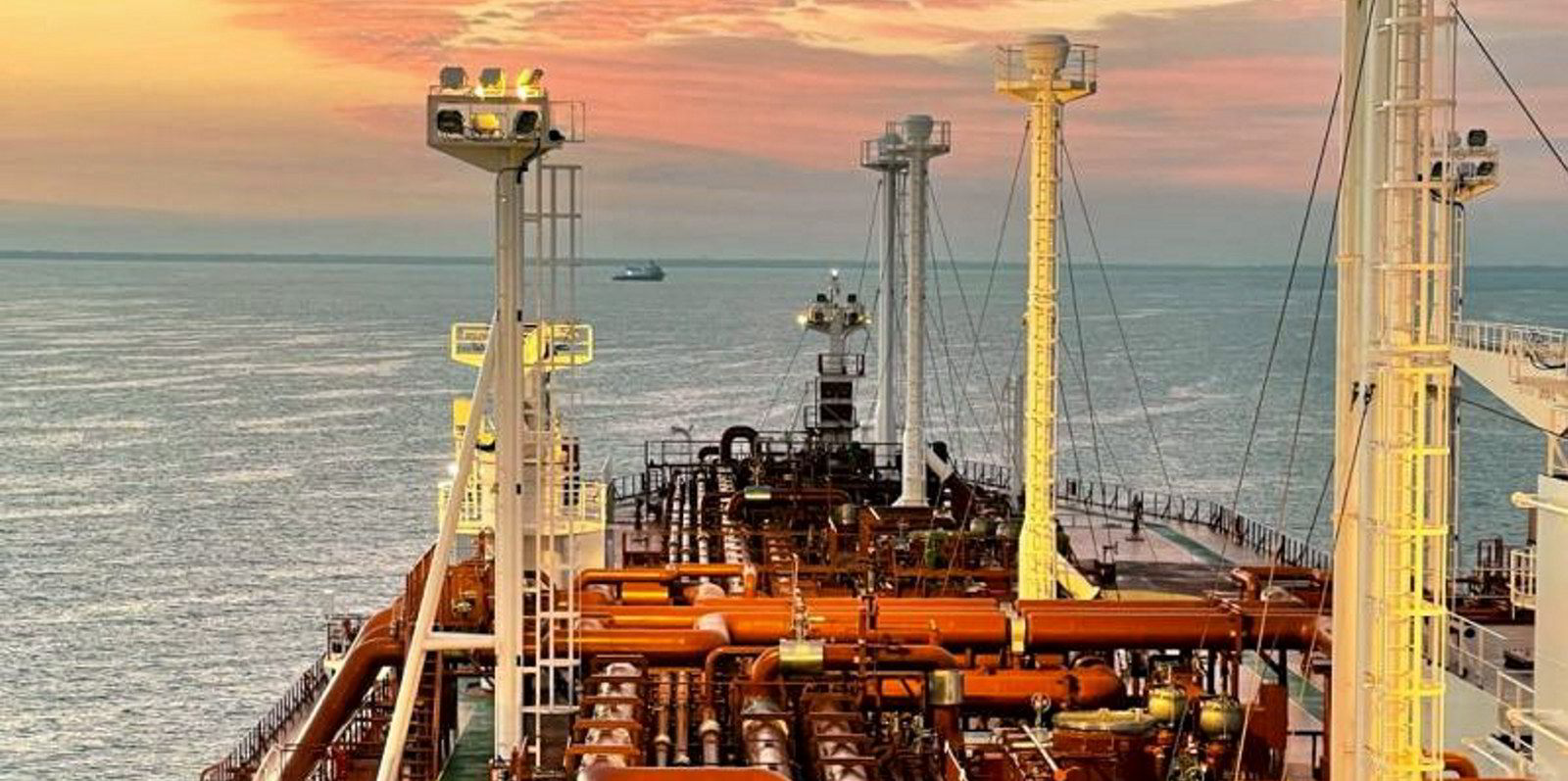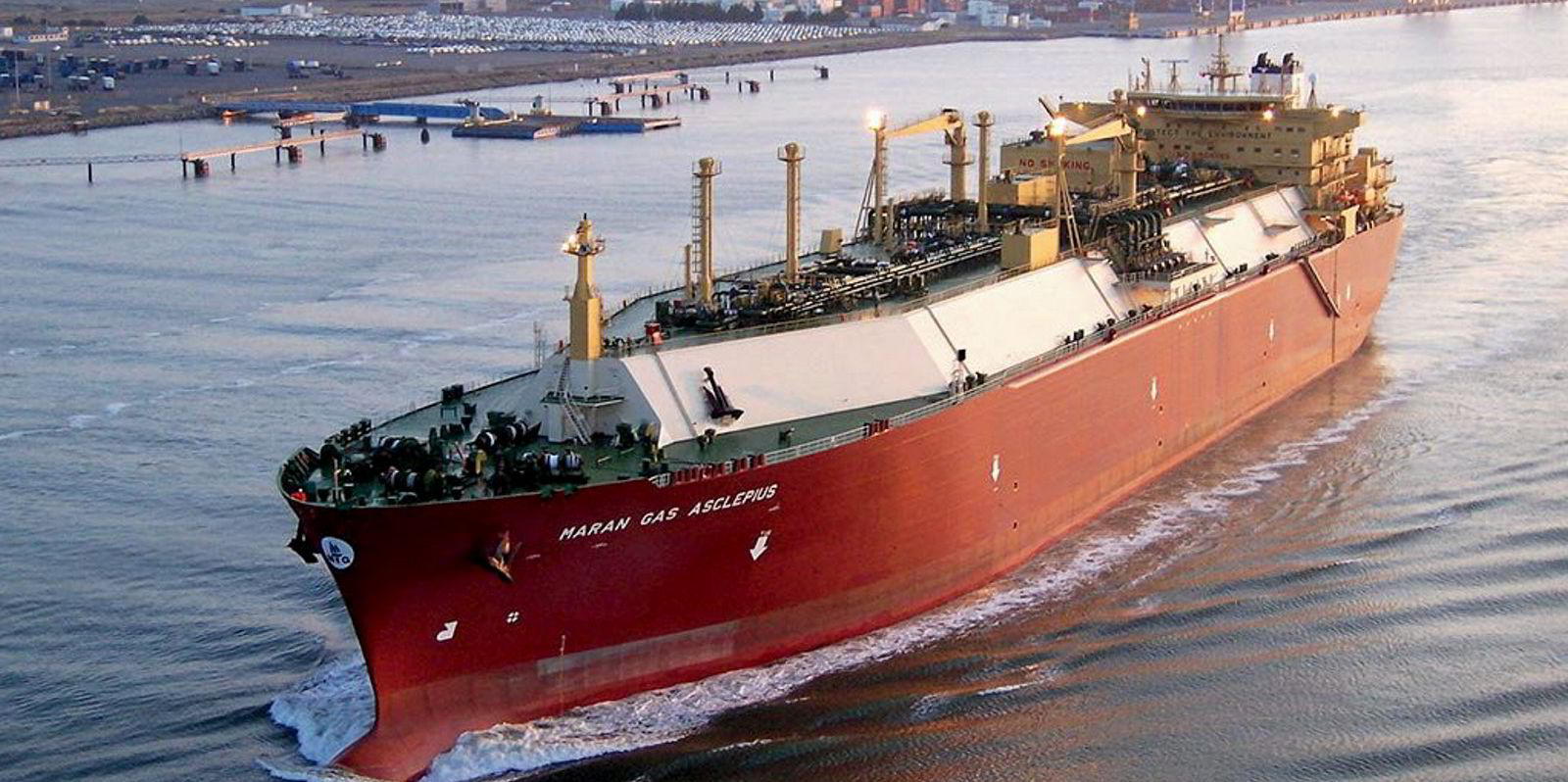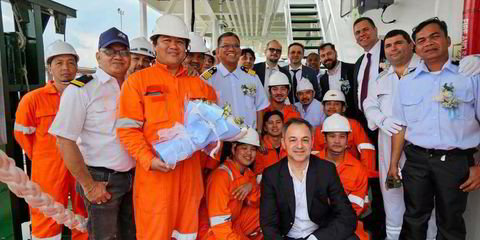Surging gas prices in both Europe and Asia could slash the tonne-mile balance for LNG carriers shipping spot cargoes in the near term, brokers said.
They said vessels are likely to be pulled into shipping US cargoes to Europe, where a combination of factors has led to concerns over supply, instead of the longer-haul trade route to Asia where the extremely high prices are prompting buyers to look at fuel alternatives.
As near-term evidence, brokers said rates for vessels shipping cargoes in the Atlantic basin have come under downward pressure and the level of spot fixtures is low year on year.
But they warned that the situation is finely balanced, with volatility being the watchword across the gas markets worldwide and all eyes on the upcoming winter season, which is traditionally the period of highest demand for the year.
Winter is coming
Forecasters are indicating that weather patterns suggest a normal winter.
But brokers said buyers scared by the cold snap experienced in December and January, where shipping rates jumped in the scramble for tonnage and cargoes, began locking in LNG carriers in the second quarter of 2021 to give them cover.
Some of these portfolio buyers that locked in early tonnage are now finding themselves long on vessels and are starting to offer them as relets on the market, which the brokers explained is adding to the rate-softening sentiment.
However, one broker said vessels are tending to be offered for prompt business, with charterers wanting to hang onto them for what they perceive to be a period of higher demand towards the end of the year.
Several brokers commented that demand for ships to be fixed on multi-year business remains strong, indicating an underlying strength in the long-term market.
But, in reality, brokers said it could be a market of extremes for LNG shipping this winter.
Gas crunch
In Europe, rocketing gas prices have led to headlines about an energy supply crisis this coming winter.
The Dutch Title Transfer Facility (TTF) LNG price opened on Monday up 8% as alarmist reports about the knock-on effect of gas shortages in the region on other industries flooded the market.

European gas inventories were already low going into the second half of this year after a cold winter last year saw cargoes flood into Asia.
The situation has been further complicated by a fire that damaged a key cable importing electricity between France and the UK. Repairs are set to take months, putting further pressure on energy supplies.
In Asia, utility buyers are faced with super-strong seasonal LNG price, with the Japan-Korea-Marker (JKM) benchmark at over $25 per MMBtu.
This has led some buyers to can planned spot LNG purchases as prices became too heated and look to oil and coal alternatives.
More US LNG volumes are expected to emerge this year, with Cheniere Energy speeding the start-up of its new Train 6 at its Sabine Pass LNG plant and newcomer Venture Global due to bring its first plant online before the end of the year.
But brokers point out that most of these volumes are already sold forward. However, they added that the supply squeeze is likely to speed the sanctioning on new liquefaction projects during 2022.







